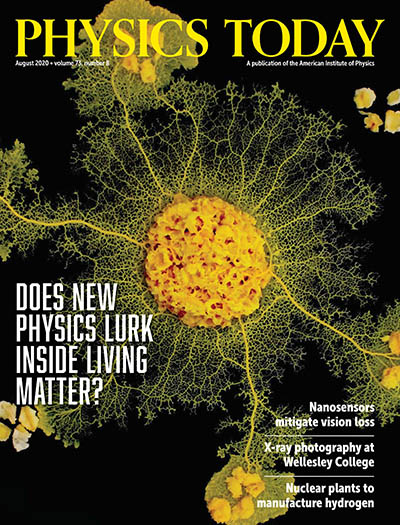It's #WorldMetrologyDay, and this is an important one: Today a revamped International System of Units (SI) goes into effect. It's the most radical set of changes to the SI since it was established in 1960 doi.org/10.1063/PT.6.2…
A lot of attention has focused on the fact that a lump of metal in Paris will no longer be used to define the kilogram. That's a big deal, because it means that there are no longer any SI units that depend on a physical artifact.
But that's just part of what makes this change so significant: Beginning today, every SI unit—not only the kilogram but also the volt, the newton, the weber, and more—will be derived by some combination of seven invariants of nature. 

Those seven fundamental constants, including the speed of light and Planck's constant, have been set at exact values based on dozens of experiments that measured them with remarkable precision.
Want to learn more? @usnistgov physicist David Newell previewed the SI changes in Physics Today's July 2014 issue doi.org/10.1063/PT.3.2… 

• • •
Missing some Tweet in this thread? You can try to
force a refresh









